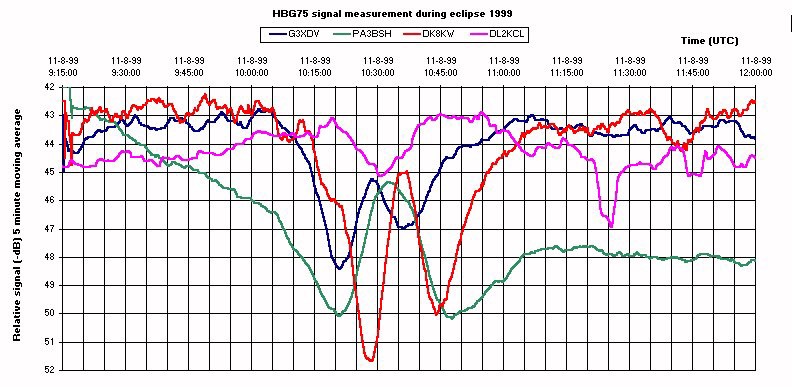EclipseMob Low Frequency Effort
EclipseMob Low Frequency Effort

By Bill Liles, NQ6Z
Editor’s Note: The HamSCI-related eclipse efforts comprise of a number of sub-projects. This article describes the EclipseMob project, which is an experiment led by a team at George Mason University and the University of Massachusetts at Boston. EclipseMob will study eclipse-driven ionospheric effects using the Very Low Frequency (VLF) and Low Frequency (LF) bands. Results of this experiment could aid in understanding propagation at the proposed 2,200 meter ham band.
Since 1912 there have been many efforts to collect and analyze data during a solar eclipse to help understand the ionosphere. These efforts have been conducted in frequencies ranging from VLF to VHF. In most cases, individuals or small teams have collected data from disparate transmitters.
EclipseMob is an effort to crowdsource collection of data from a single transmitter at hundreds of spatially diverse receivers, resulting in the largest-ever measurement campaign of ionospheric effects on radio wave propagation during a solar eclipse. This allows us to compare the collections using both geolocation and time.
The main focus of EclipseMob is collecting amplitude variation data from WWVB, which operates at 60 kHz. A secondary focus is on the U.S. Navy’s VLF and LF transmitters.
In studying past collections at VLF and LF frequencies, several interesting behaviors were observed. For example, some reports showed an increase in signal strength, some reported a decrease in signal strength, and some reported a “W”-like pattern with first a decrease, then an increase, then a decrease, then back to the same amplitude as before the eclipse. It is worth noting that all of these experiments were conducted at different receive locations for different transmitters during different eclipses. We hope that, that with enough spatially diverse collection sites relative to a single fixed transmitter, we can answer the question of why results have varied so significantly in prior experiments.
A plot of the variation in signal strength at 75 kHz (HBG time clock) observed from a variety of locations across Europe. [M. Sanders, 1999]
Another result that shows up in the literature is the shape of the waveform before, during, and after the eclipse. Most reports show a slow rise in amplitude followed by a much quicker decrease. This could be explained by the time constants associated with recombination in the D layer followed by re-ionization of the D layer. However, not all reports show that shape. We also hope to address the reason for this discrepancy based upon the spatially diverse collection.
There are multiple ways to collect the time amplitude data required for these studies. One can simply use a VLF/LF receiver in which amplitude can be digitized or is already digitized. One can purchase a SuperSid receiver from http://radio-astronomy.org/node/210 ($48).
Or one can build the receiver shown on the EclipseMob website (EclipseMob.org). This is a simple receiver, composed of only one chip and a few other components. The output is fed into the microphone jack of an Andoid smartphone that runs an app to digitize the signals and add location and time information.
Since this effort is a passive collection, folks can collect this data while still taking part in other solar eclipse activities such as the Eclipse QSO Party. Additionally, an amateur radio license is not required for collecting EclipseMob data.
The EclipseMob project is a joint effort of many people. The leadership team includes:
- Laura Lukes, KK4FYT, George Mason University
- Jill Nelson, George Mason University
- KC Kerby-Patel, University of Mass at Boston
- Bill Liles, NQ6Z
With support from
- Morris Cohen, Georgia Tech
- John Rockway, U.S. Navy SPAWAR

